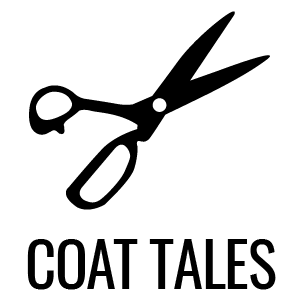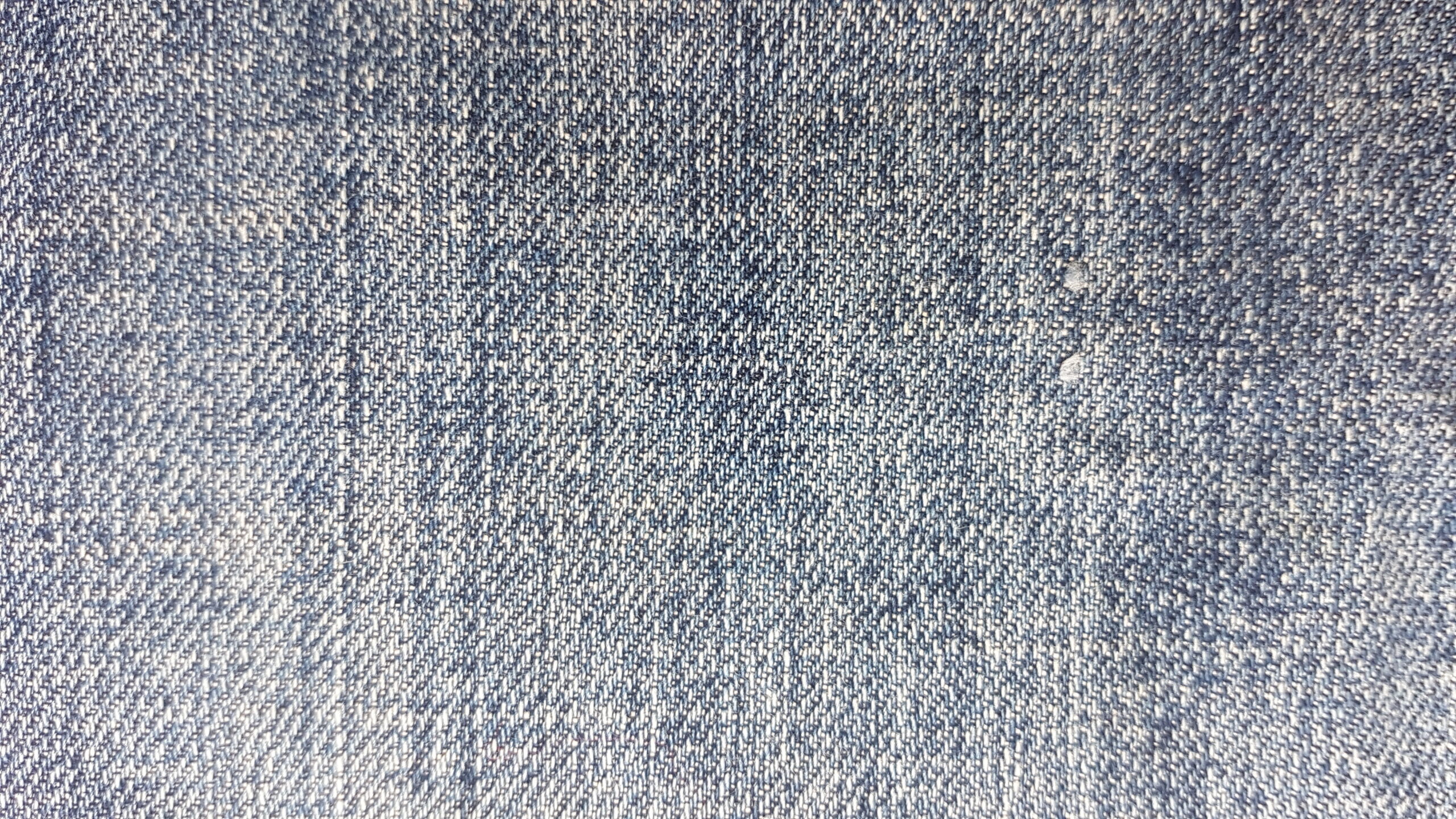Straight leg, skinny, boot or flared. A sharply-pressed rich indigo, or faded to the palest blue and torn at the knee. We wear our denim jeans in many different ways, in styles that go in and out of fashion.
But for many years, denim jeans were simple workwear, stiff and sturdy, made more durable by the rivets reinforcing the pockets and fly. Those made by Levi Strauss – considered by many to be the original denim jeans – were designed for and sold to America’s manual workers.
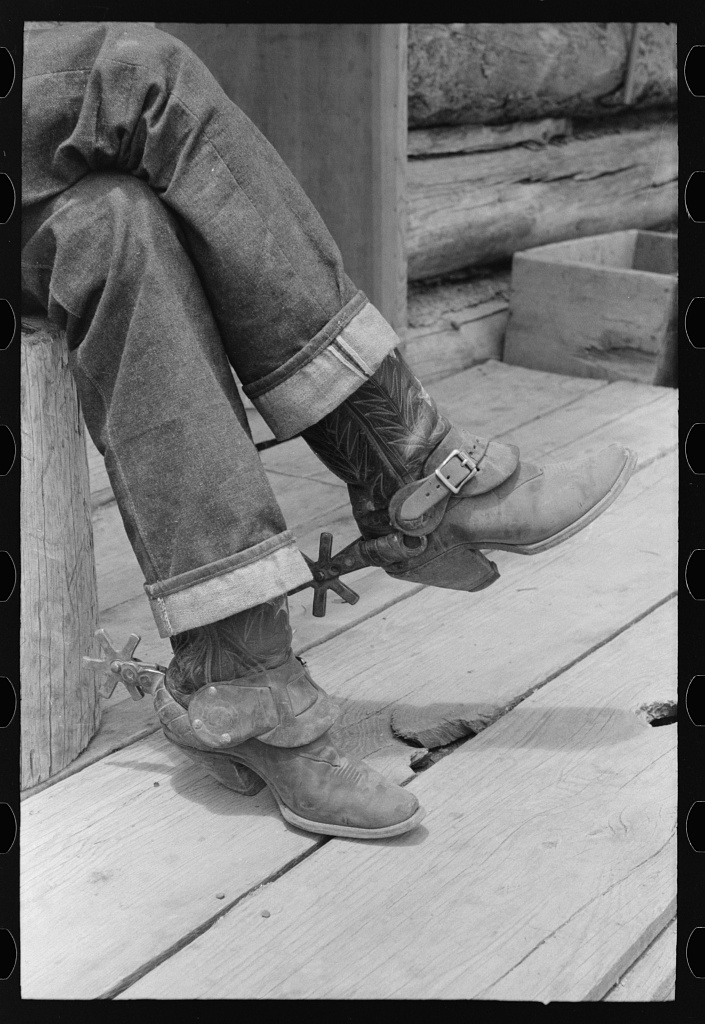
Many histories tracing their origins and meteoric rise have been written, emphasising that while they might seem almost too commonplace to consider significant, they are instead deeply important to how we live. Anthropologist Daniel Miller and sociologist Sophie Woodward’s work on the Global Denim Project reveals not just the global reach of denim jeans, nor the huge number of people – from children to the elderly – wearing them at any one moment, but why this is the case and how it came to be.
And in Australia? Tailor and Men’s Wear’s ‘Style Spy’ encouraged menswear retailers to stock cowboy style denim trousers in 1950 for young men taking up the square-dancing craze.

The popular Man magazine explained for its readers in 1954 that a new type of leisure pant was needed for around the home, for picnics, in the workshop and the garden. Man described and illustrated the ‘latest’ idea: pants made from denim but ‘not cut to look like overalls’. Even better, they were ‘tough and wear well, wash and remain smart for the picnic as for the lawn-mowing that comes before it’.
The Australian manufacturer Amco started making its jeans in the 1950s, and they became the denim jeans of choice by the ‘70s. The company’s branding was catchy: ‘Amco. The name of everyone’s hips’. In 1960, Amco advertising stressed their jeans’ style, design and ‘long, long life’. By the middle of the decade, this had shifted to emphasise their snug fit and fast fading, so popular that ‘fellows everywhere go for the slim fitting hip clinging Amco jeans’.
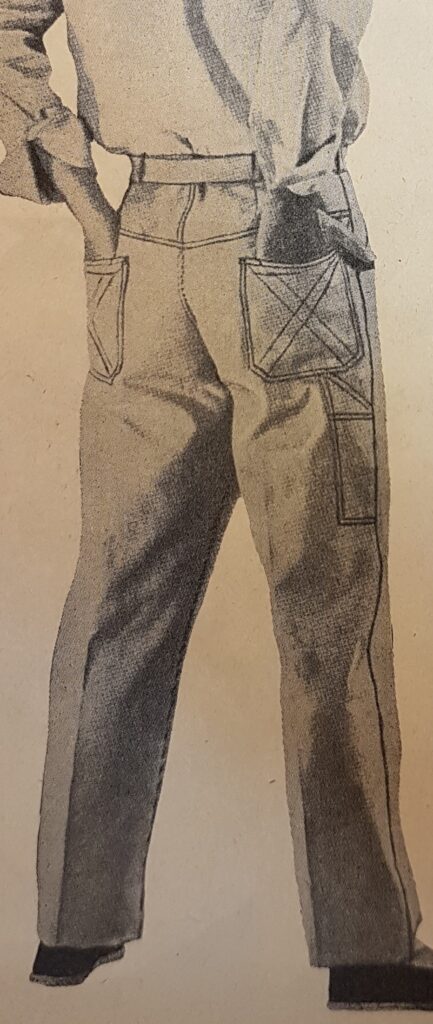
Later that decade, the new Amco Baggy’s were introduced ‘for the man who loves easy action, trim looks and room for comfort’, before Amco Flares, ‘wide at the bottom for freedom and comfort’, were designed. Ever changing, in 1984 customers found a tempting range of ‘up to 20 different styles of Amcos to choose from … Amco Rider, Amco Tabs, super-sophisticated Amco Bagarts, and much, much, more’.
It didn’t hurt their popularity that the jeans manufacturer sponsored the Rugby League Championship from 1974 to 1979, with teams playing for the Amco Cup and the player of the week awarded a pair of Amco jeans. In the final year of rugby league sponsorship, the company was sold to the US-owned Blue Bell, makers of Wrangler jeans, for a massive $12.95 million.
The story of Amco is also one of the rise of off-shore production, coming during a period when Australian clothing manufacturers began to set up overseas factories to take advantage of cheaper labour and costs. Amco established their factory in the Philippines in 1974, and others went to countries including Singapore, Malaysia and Taiwan – though into the ‘80s local production still outweighed imported jeans.
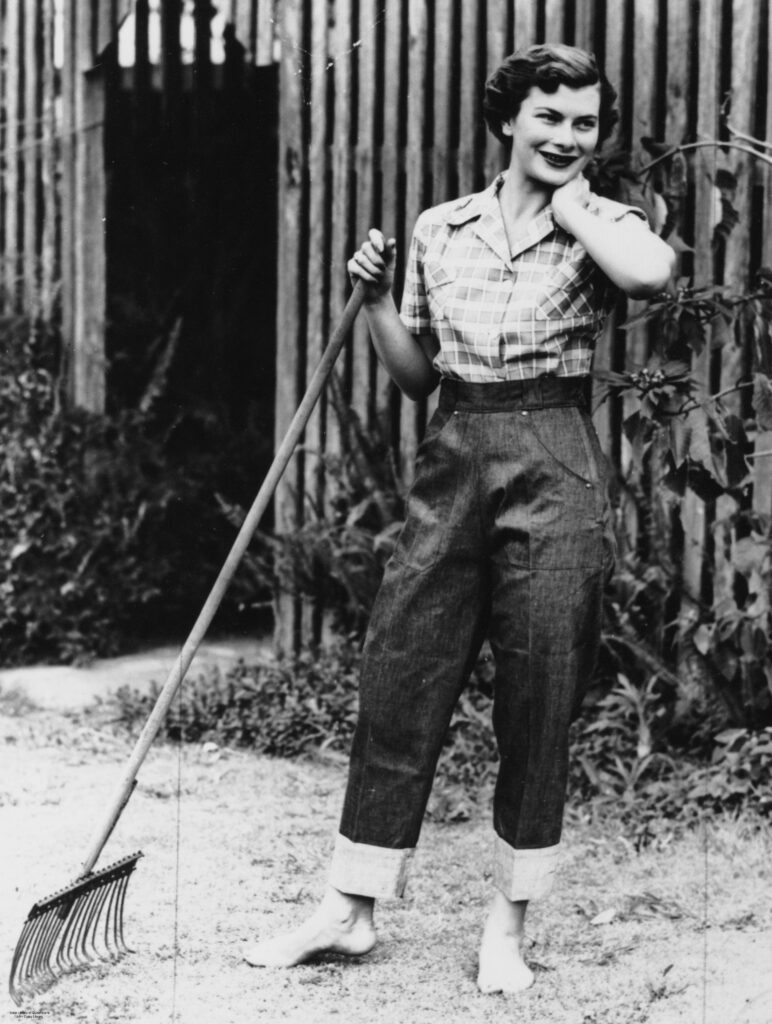
But it was the uptake of jeans by teenagers and young adults that had everyone talking. A deliberately-stuffy reflection on ‘Jeanagers’ from Batman (the remarkable social commentator Keith Dunstan) in The Bulletin explained in 1972:
Jeans are the uniform, the absolute badge of a generation and they serve to doubly emphasise the generation gap. Don’t think I haven’t tried to wear them. But it doesn’t work. You can’t get anything into those miserable pockets and there is the terrible discomfort of the way they hang two inches below the navel.
A decade later, statistics for 1981-82 revealed more than 12 million men’s and boys’ jeans had been locally made or imported into Australia – more than double the number made for women and girls which totalled 4.4 million.
Next time you head out, take notice of how many people are in jeans – it’s perhaps more than you think.
References
Batman [Keith Dunstan], ‘Lifestyle: The Jeanagers’, The Bulletin, 19 February 1972, 39-41.
Glennys Bell, ‘Fashion: Why Jeans Keep Bouncing Back’, The Bulletin, 12 June 1984, 78-80.
‘Business and Economics: Amco Holdings announces a 26.4pc lift in profit’, Canberra Times, 27 September 1977, 17.
‘Clothing makers move to Asia’, Canberra Times, 8 February 1974, 6.
Ian Heads, The Night the Music Died (Concord: Stoke Hill Press, 2014).
Daniel Miller, ‘Anthropology in Blue Jeans’, American Ethnologist 37:3 (August 2010): 415-428.
Daniel Miller and Sophie Woodward (eds), Global Denim (Oxford: Berg Publishers, 2011).
Daniel Miller and Sophie Woodward, Blue Jeans: The Art of the Ordinary (Berkeley: University of California Press, 2012).
‘Murray Bros. Amco Jeans’, Cumberland Argus (Parramatta), 18 May 1960, 4.
Fred Wilkinson, My Life in the Ragtrade (Hazelbrook: MoshPit, 2014).
‘The Amco jeans sale … it’ll be the quick or the dead’, Victor Harbor Times, 18 July 1984, 21.
‘The name on everyone’s hips’, The Bulletin, 18 March 1972, 68.
‘Waltons: Get with the new look in jeans’, Canberra Times, 5 April 1968, 3.
‘Young’s: More man on the go styles from Amco’, Canberra Times, 9 December 1965, 8.
‘Your Clothes: Head to Toe’, Man, April 1954, 62.
